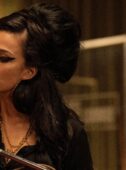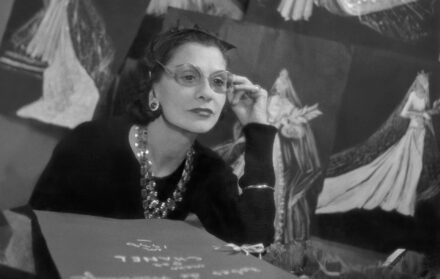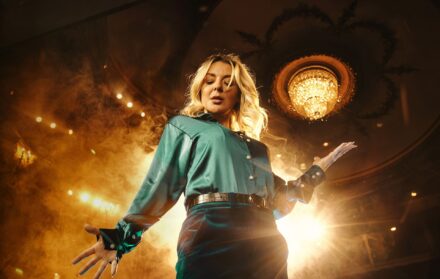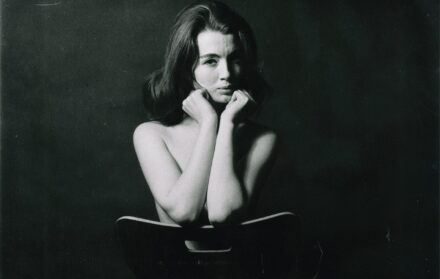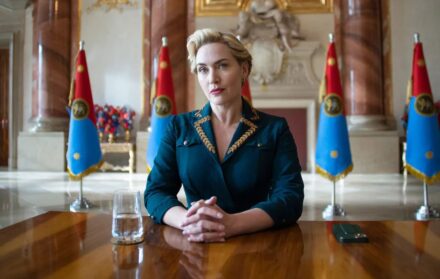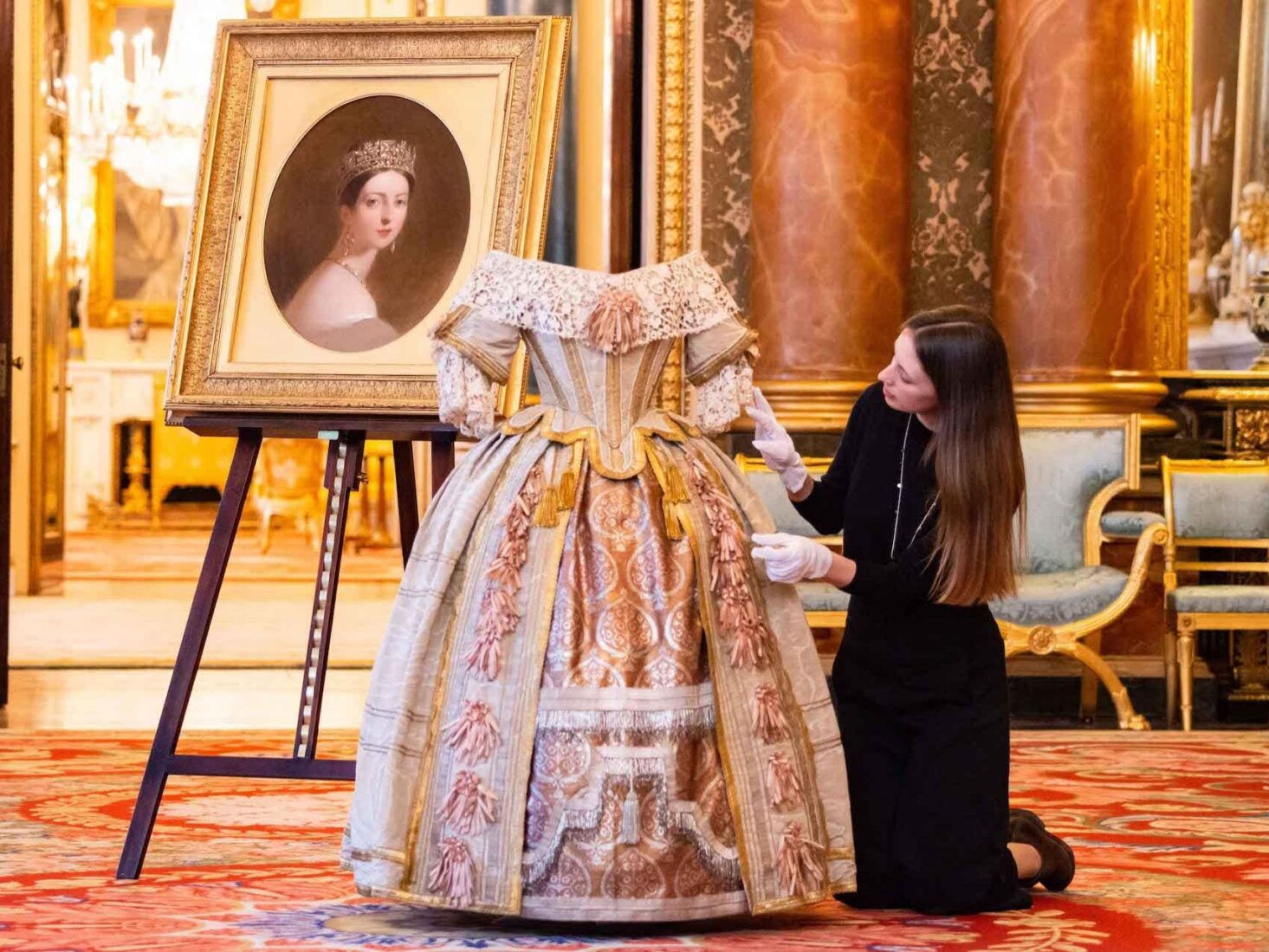
The Real Victoria: A Look Inside the Life and Home of the Influential Monarch
Private journals, ball gowns and baby teeth are among the mementos on display at Buckingham Palace
This year marks 200 years since the birth of one of England’s most influential monarchs, Queen Victoria. During her reign, she oversaw a period of national change and industrial advancement, dying just a year after the turn of the 20th century. Queen Victoria was the longest-reigning monarch in British history, an achievement only recently surpassed by Queen Elizabeth II.
When Alexandrina Victoria was born in Kensington Palace in 1819, she was fifth in line to the throne, but after a succession of sudden deaths, she was thrust to the throne in 1837 at the tender age of 18. She moved into Buckingham Palace – a place that had been empty for seven years – and began turning the once-private house into the royal residence we know today.
To commemorate 200 years since the birth of the famous queen, Buckingham Palace is hosting a special exhibition during its summer opening of the staterooms. The exhibit will explore the life of the queen and how she transformed the royal abode. The unique exhibition is a must-see. But for those who need convincing, we have rounded up the top five highlights.
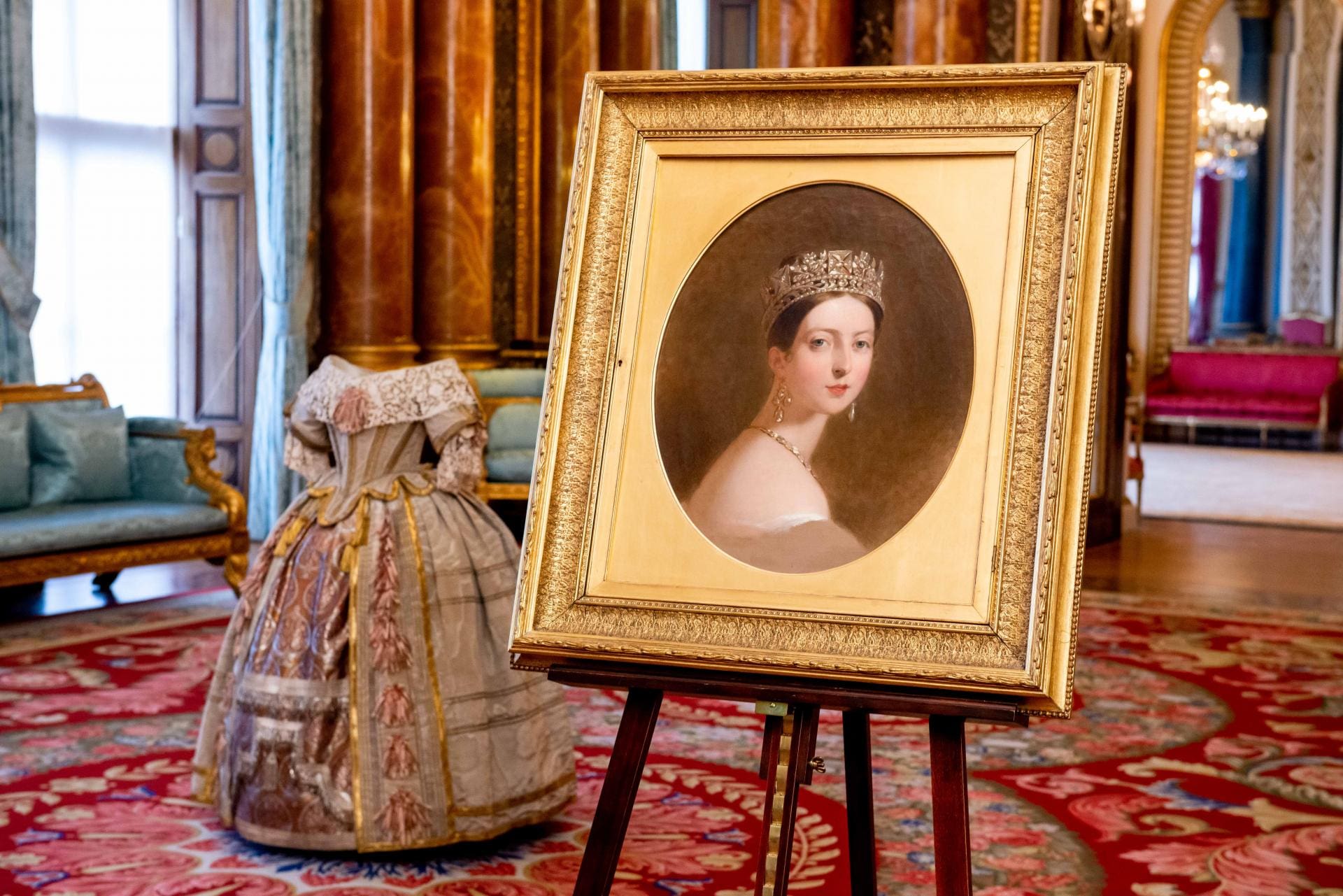
Ball Gown Worn at the Stuart Ball
A richly embellished ball gown worn by the queen for the Stuart Ball in 1851 is the epitome of glamour in the 19th century. Designed by Eugène Louis Lami, the costume is intricately made of lace, silk and rich brocade, and is crowned with gold braid and seed pearls. The queen later wrote a detailed account of the ball in her journal and commented: ‘I was so proud and pleased to see my beloved Albert looking so handsome, truly royal and distinguished, and so much admired. I must say our costumes were beautifully made.’
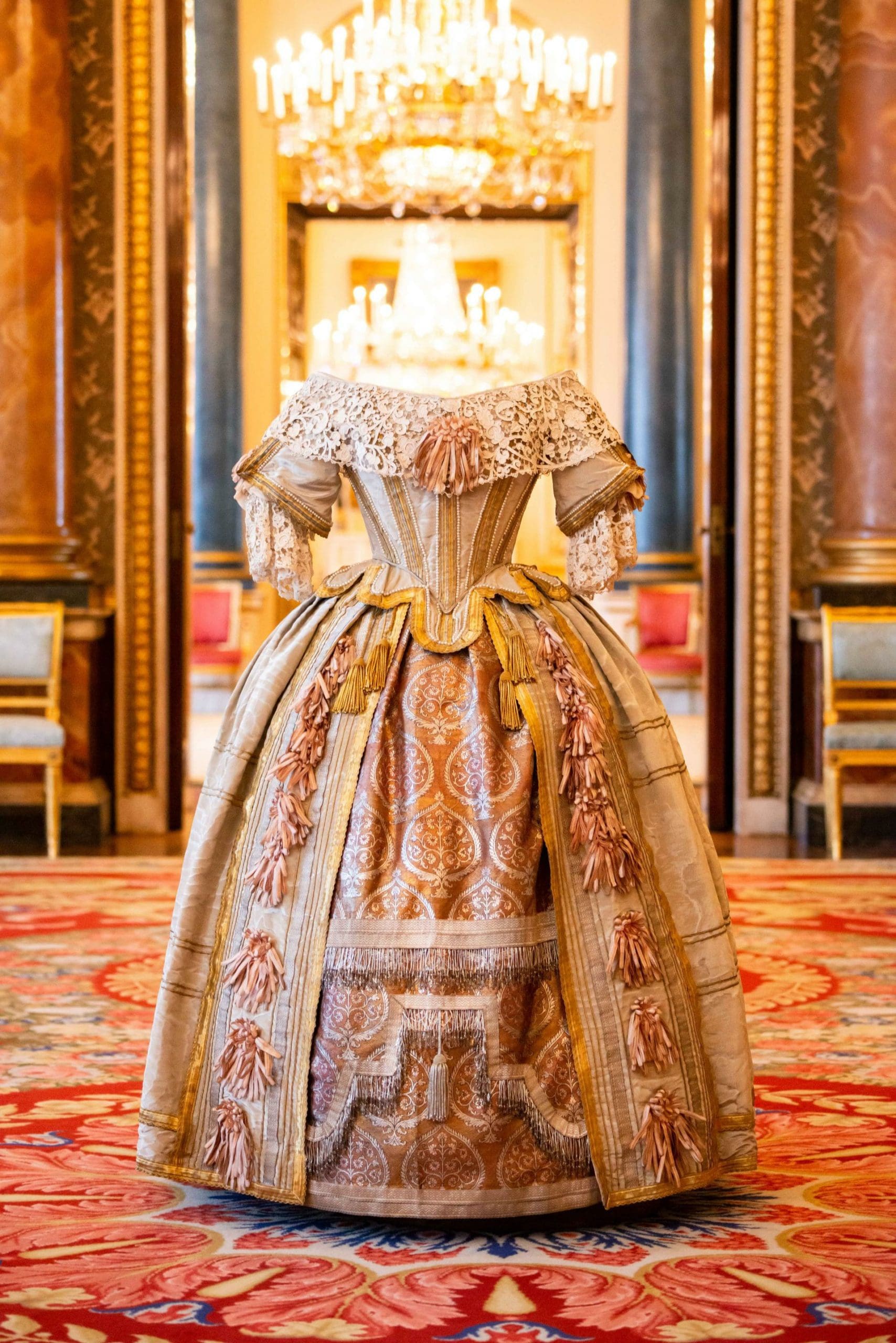
Thomas Sully’s Portrait of the Young Queen, 1838
An oil on canvas portrait painted by Thomas Sully is an unmissable display. Borrowed from the Metropolitan Museum in New York, the painting shows the queen looking over her shoulder, as if turning to address the viewer; she is wearing the diamond diadem, drop diamond earrings and a diamond necklace. Scholars state that this image is either a copy from the original portrait or from a preliminary sketch for it. The Queen recorded in her Journal sittings for the Metropolitan Museum portrait in March, April and May 1838. His daughter Blanche assisted him as the Queen’s “stand-in”, modeling the Queen’s costume when she was not available. Other famous paintings by the artist include Macbeth in the witches’ cave (1840), Cinderella at the Kitchen Fire (1843), and a portrait of Shakespeare painted in 1864.
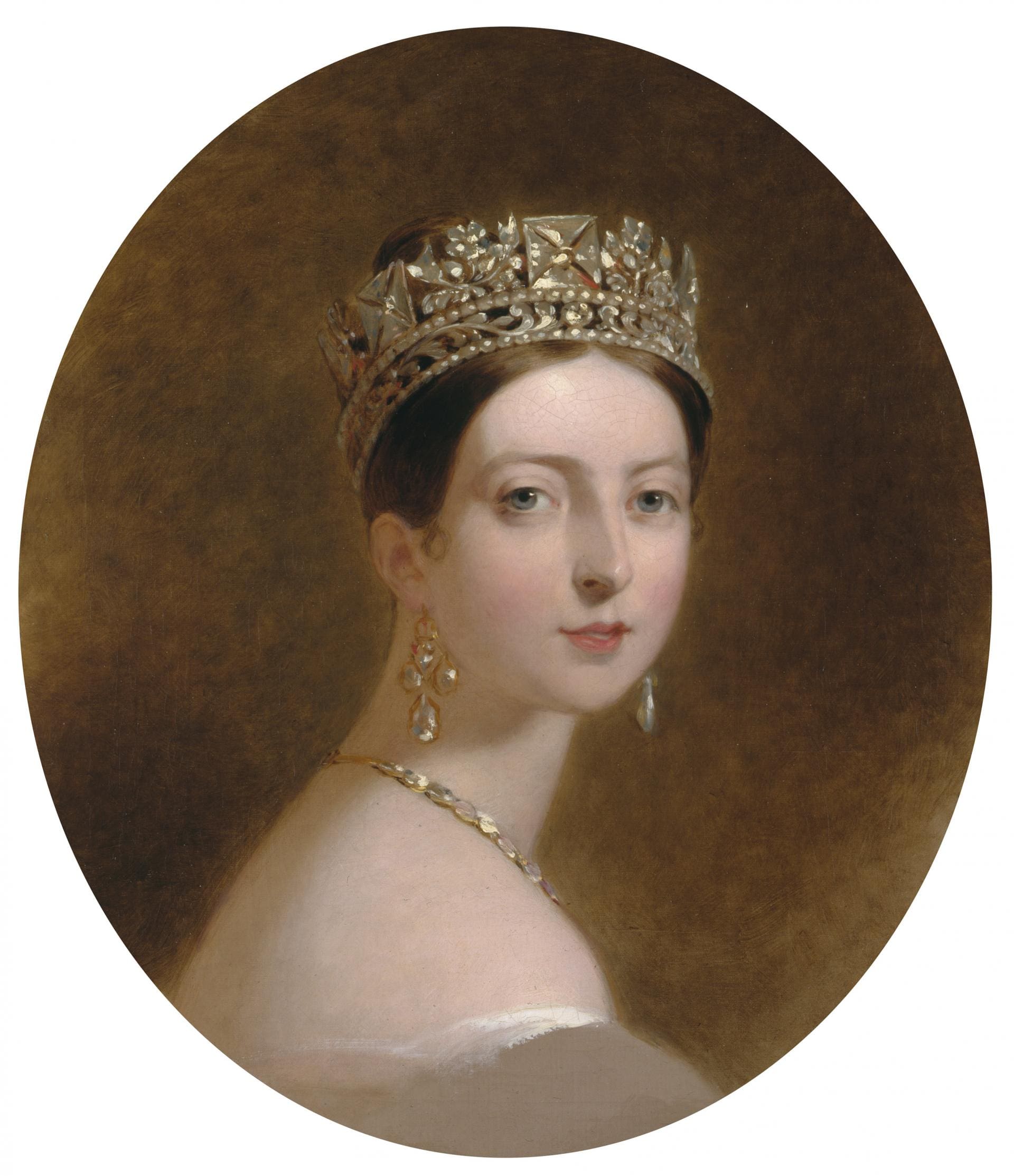
Queen Victoria’s Journal
The queen’s journal is an integral part of this exhibition. The journal gives us a glimpse of the life of Queen Victoria through her own eyes. It also contains a sketch of the monarch, her husband Prince Albert, and Prince Charles Leiningenin, her half-brother in their costumes for the Stuart Ball. Other sketches include those of her children at various ages showing a different side to the queen not seen by the public; that of a doting mother.
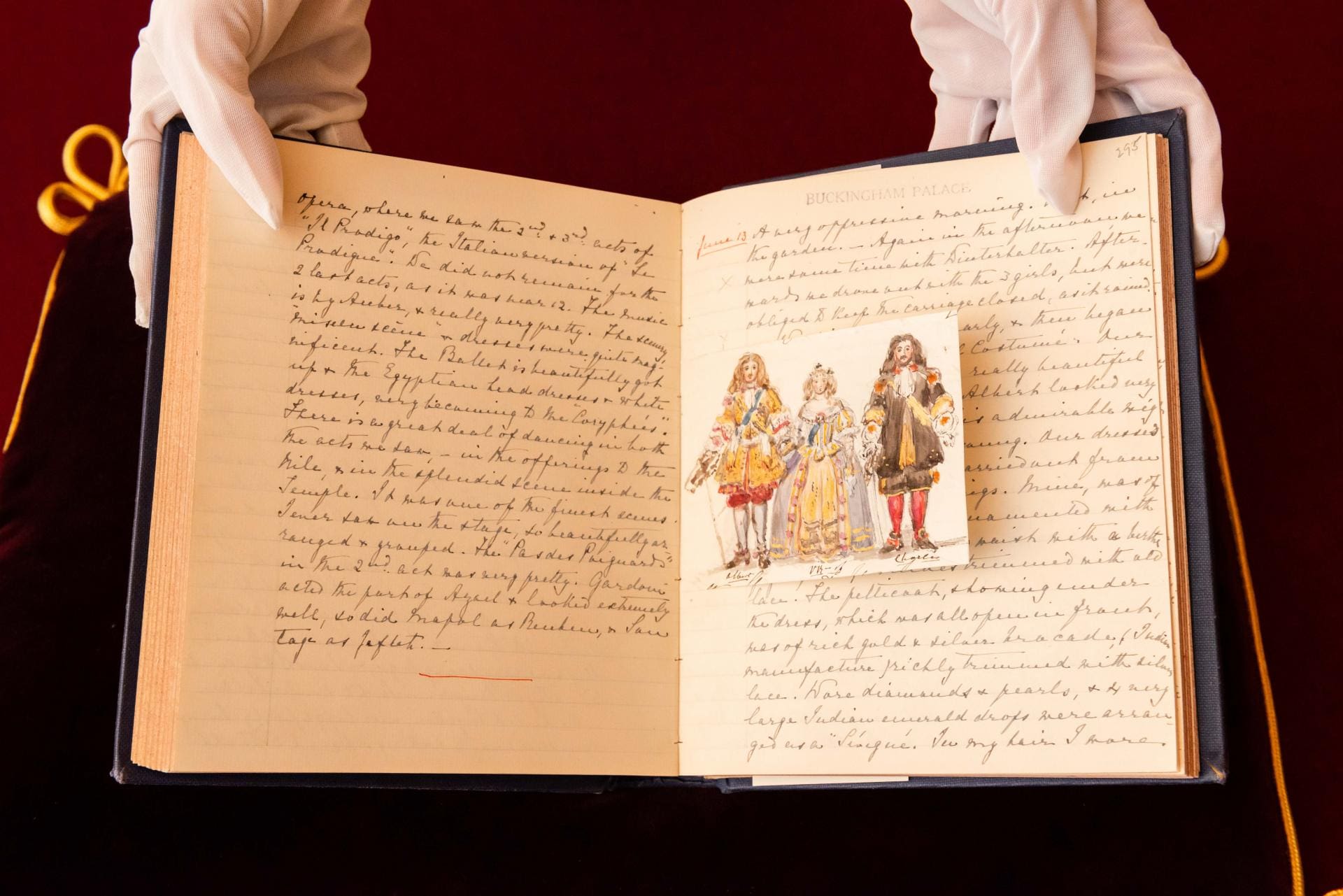
Baby Teeth
Queen Victoria had a famously difficult relationship with her nine children. However, a gilt casket created especially for the Queen reveals her maternal side, filled with the baby teeth of her brood. The ornate box has satin-lined compartments, with blue velvet lids each featuring a tiny golden crown and the embroidered names of Victoria’s four oldest children. The teeth are wrapped in delicate paper inscribed with names and dates.
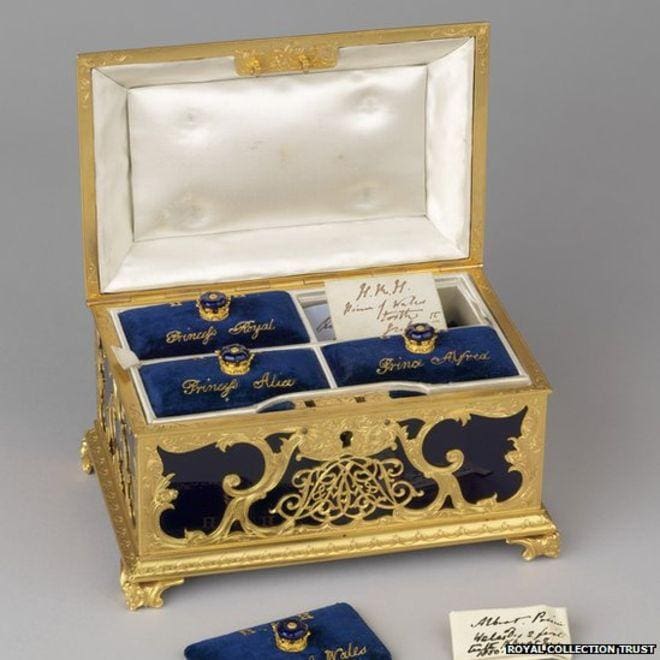
An Array of Dazzling Jewellery
Unsurprisingly, the queen had an array of fine – and very expensive – jewellery; a lot of which will be on display during the course of the exhibition, including the dazzling Order of the Bath collar, as well as sparkling pieces passed down through the royal family.
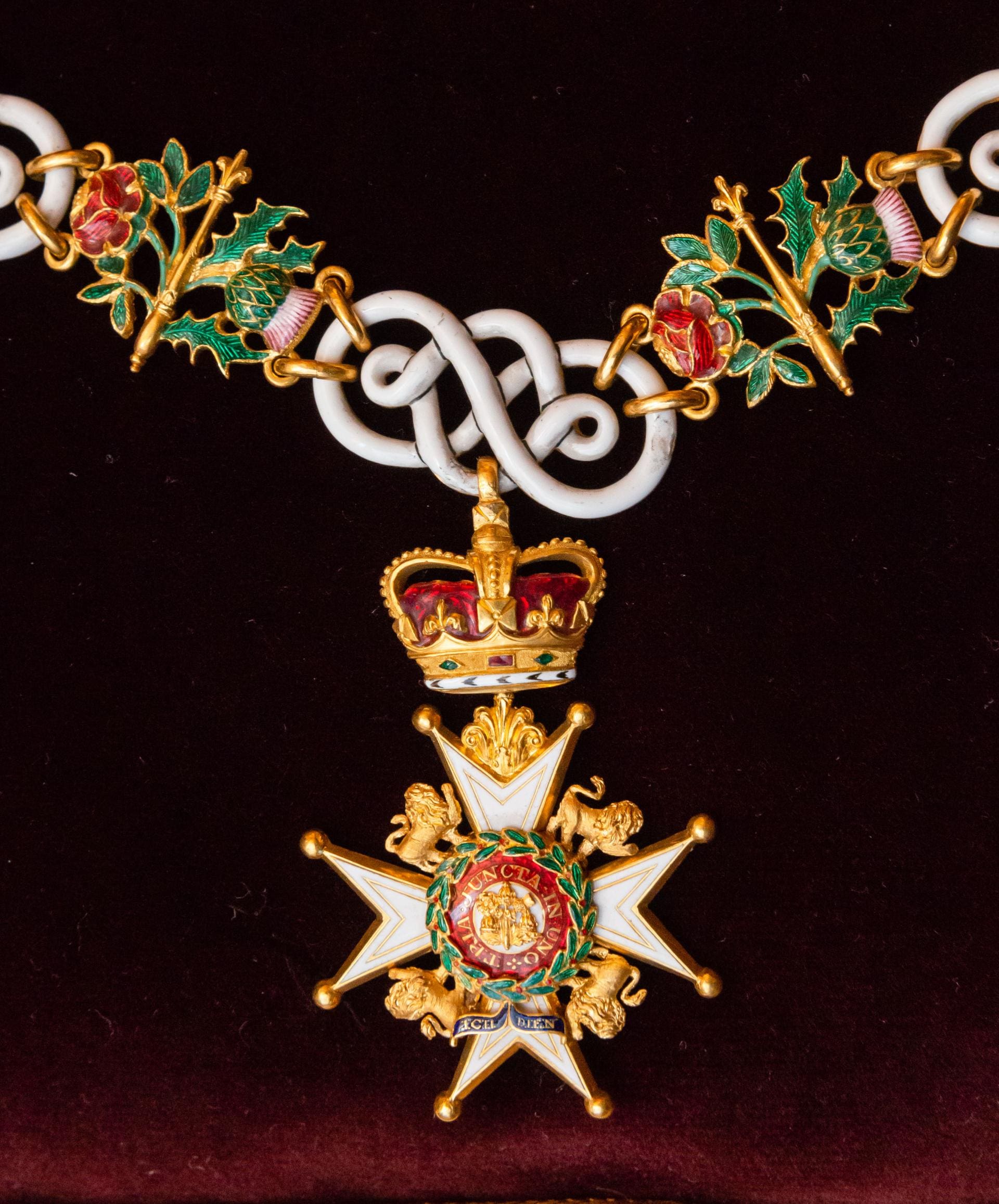
Queen Victoria’s Palace, 20 July-29 September, from £25 for an adult and £14 for a child, ticket prices include access to state room summer openings, rct.uk


